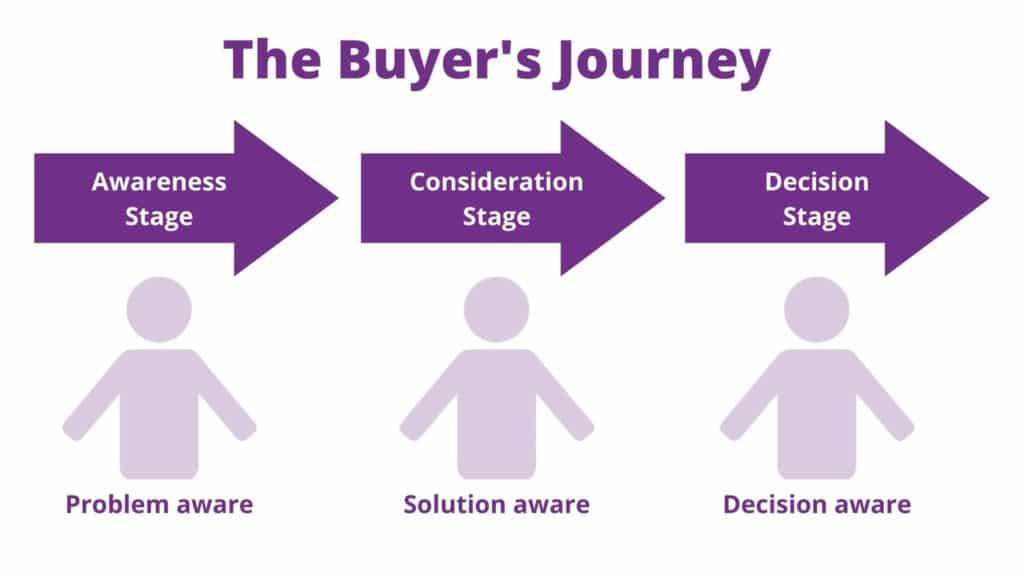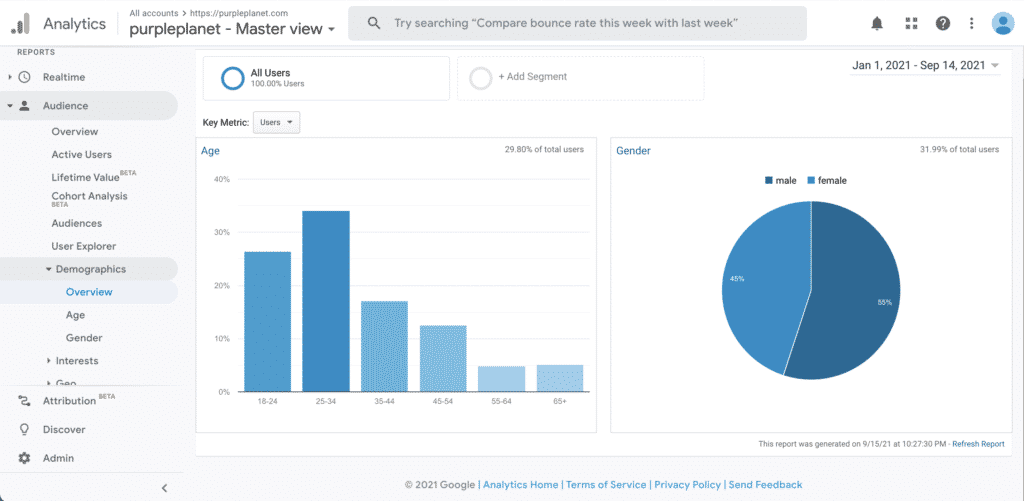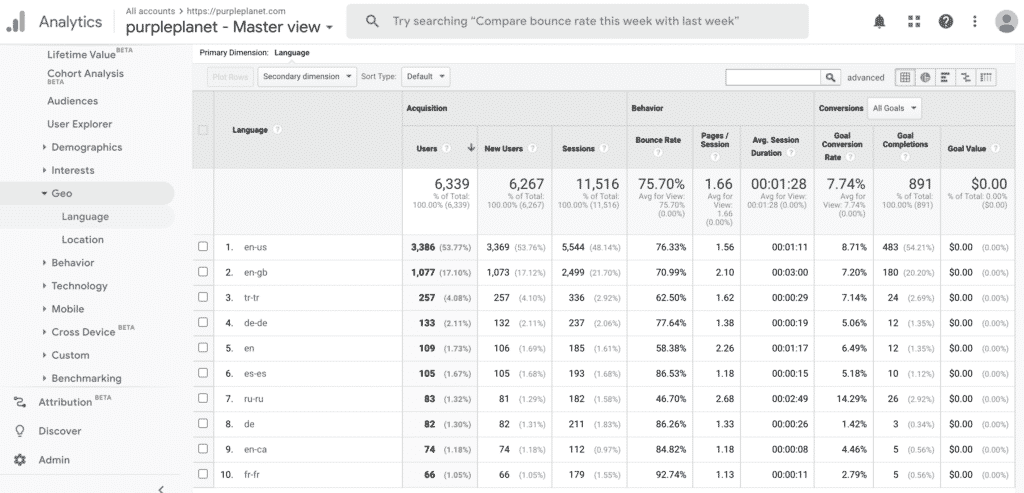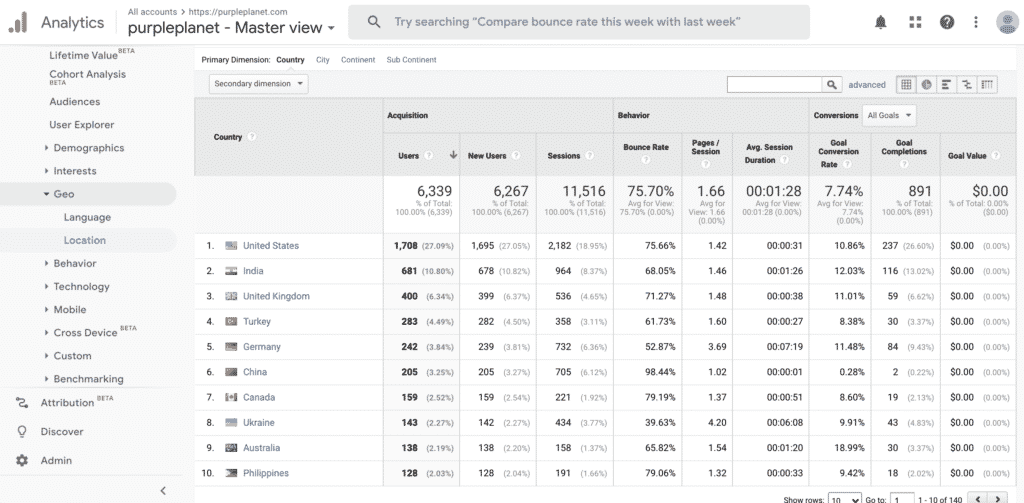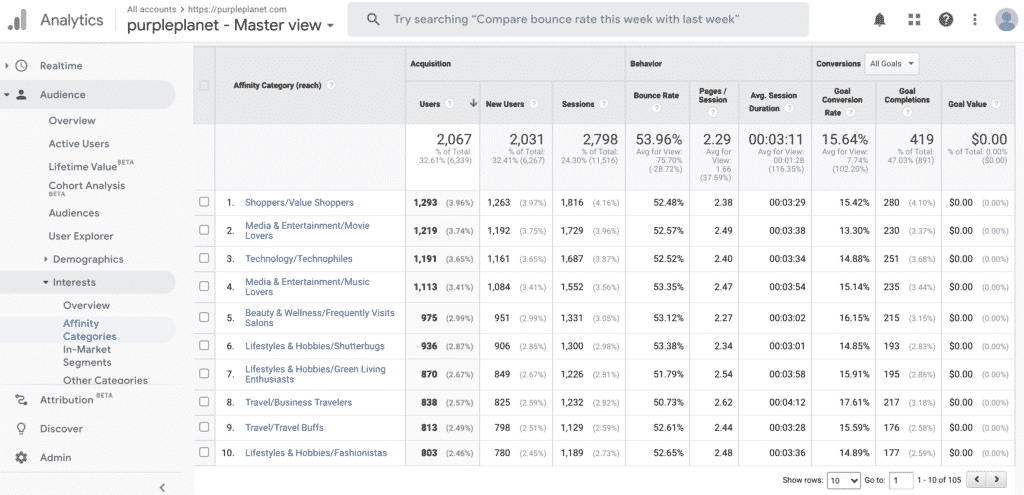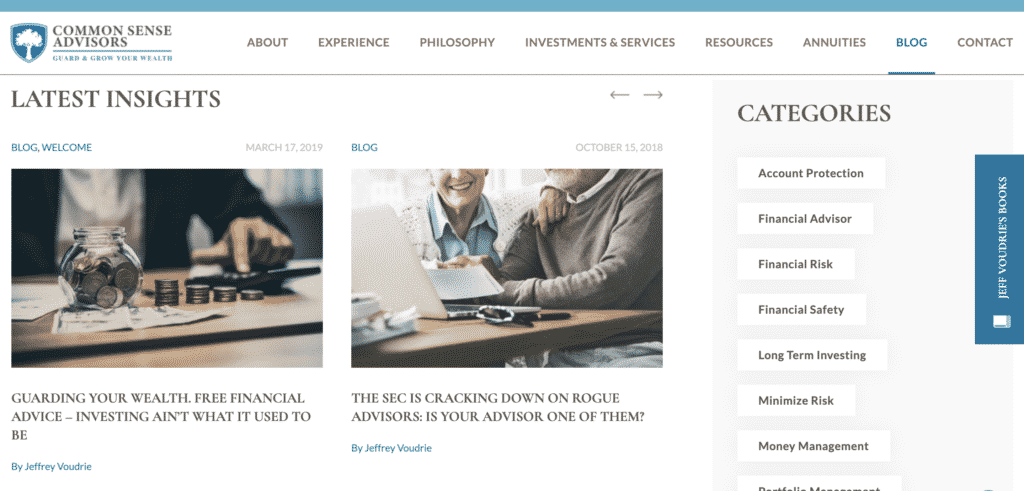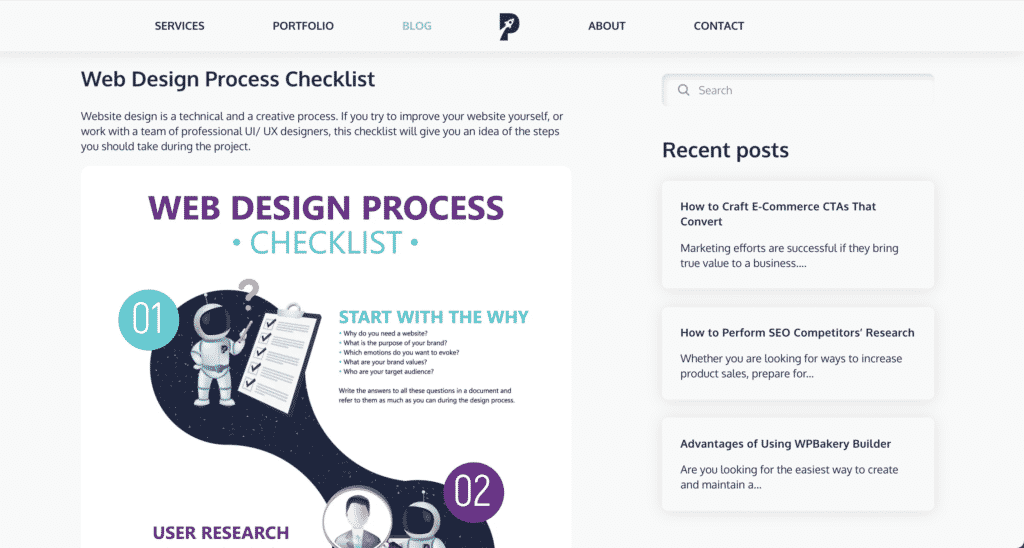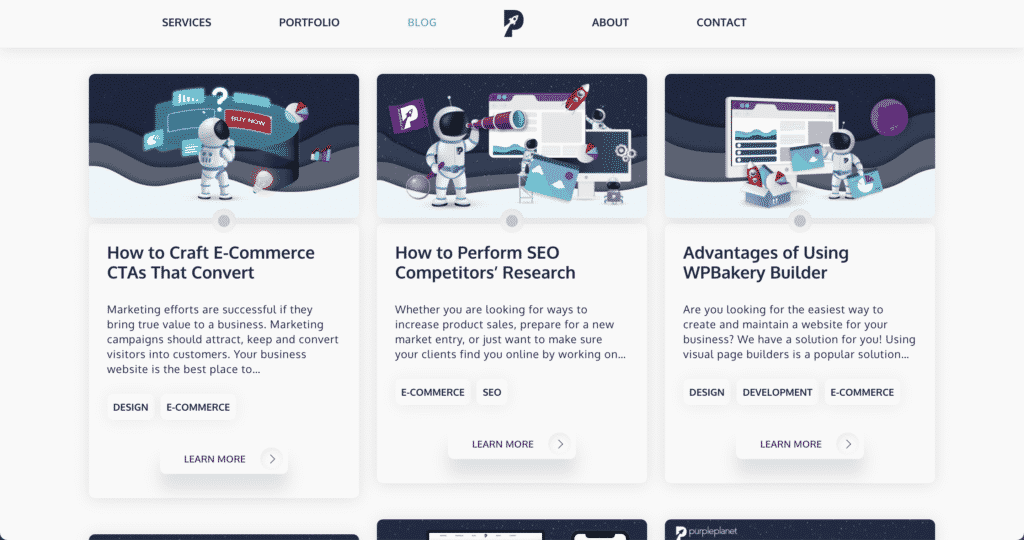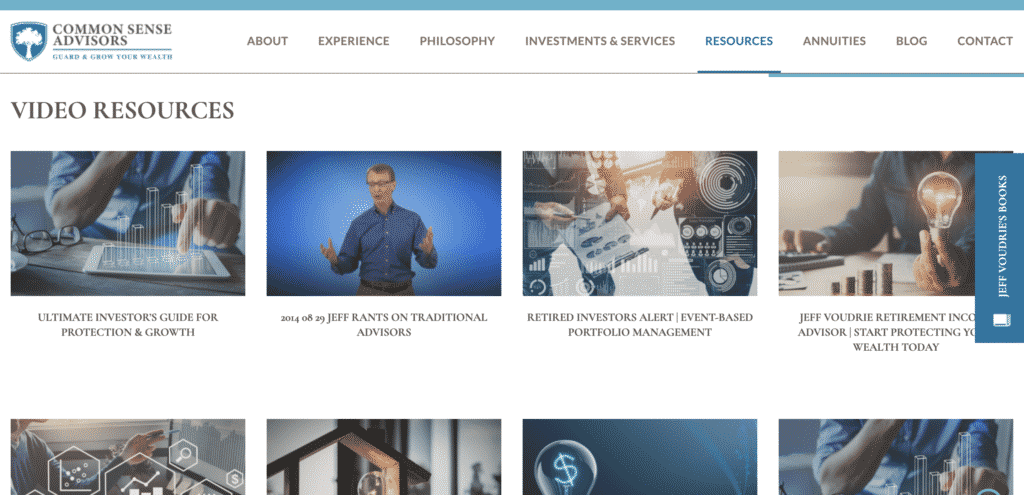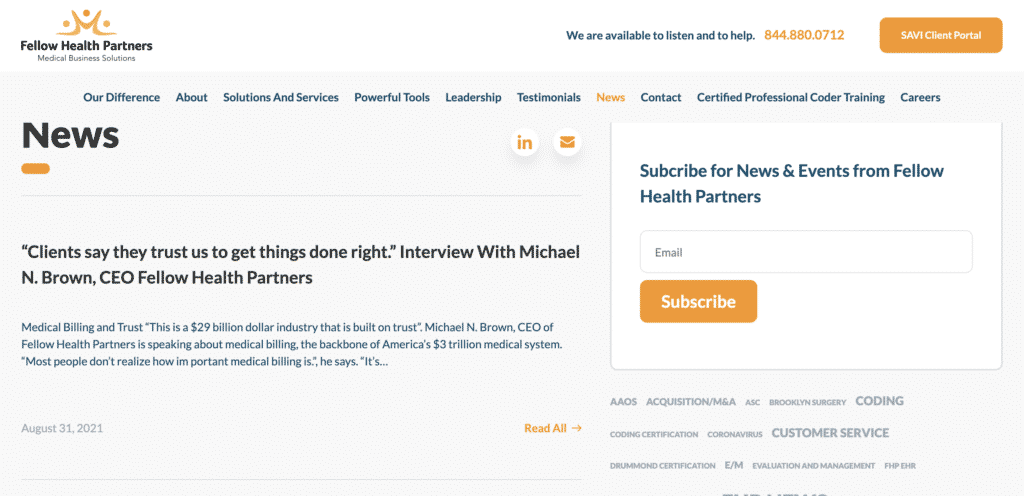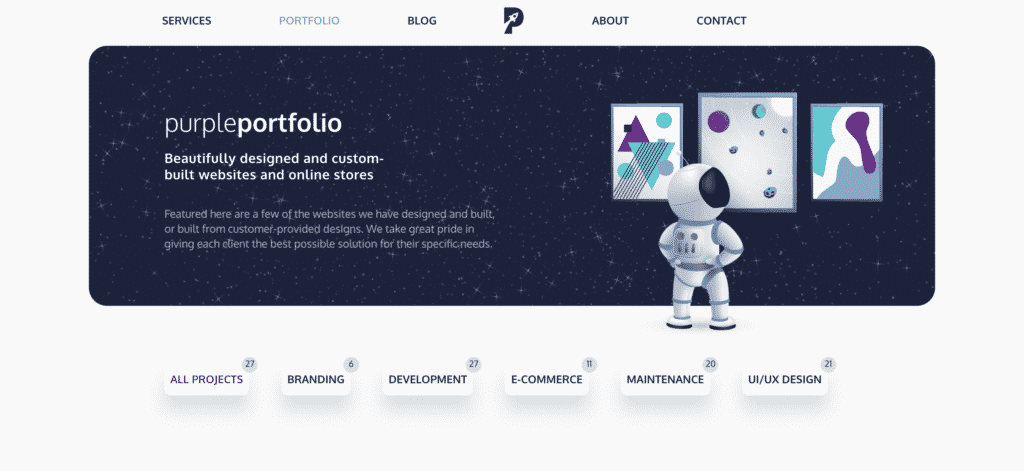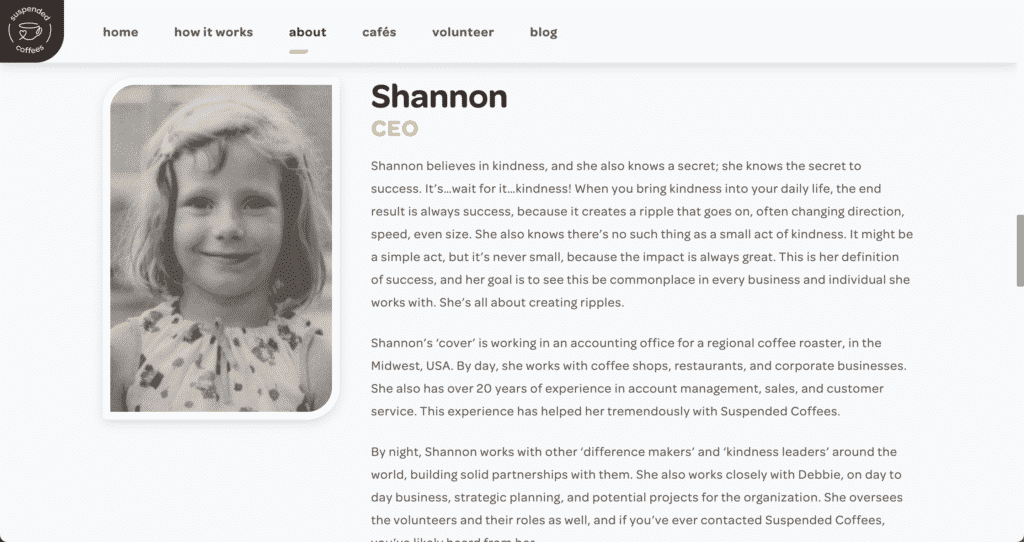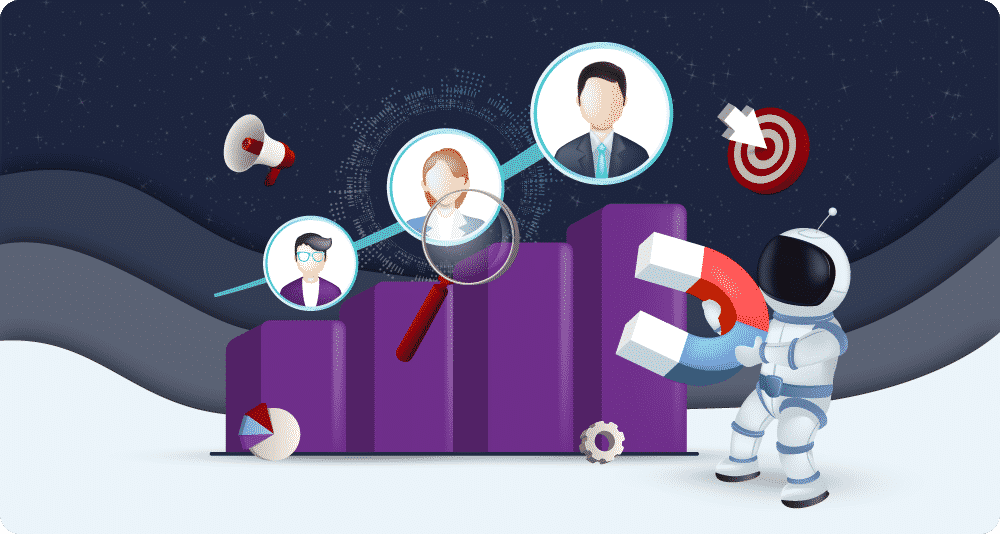
Building An E‑commerce Website: Everything You Need To Know About Building A Successful Buyers Journey
Key Takeaways
- The buyer’s journey follows the stages of Awareness, Consideration, and Decision.
- You’ll need to understand your buyer’s persona before taking actions to optimise their journey (or sales funnel).
- Optimising each stage of their journey will involve content. The research and testing you conduct will help you determine which content converts best
Today, buyers are more informed than ever. They have access to all types of information at their fingertips. They tend to research and get to know all of their options before deciding to buy a product or service.
When it comes to selling a product or service, all this leads to a change in the focus of the sales funnel.
The focus is no longer on what you have to offer, but rather on the pain points of the buyers and how the product or service you are trying to sell could help them address those pain points.
This is why the “old salesy tactics” of spamming and pressuring your potential customers are no longer effective.
To successfully sell your service or product, you need to change your mindset. Shift it from trying to sell something to trying to help your target audience. The best way to achieve it is to get to know your customers and find out how they usually decide to buy a service or product.
In other words, you need to understand their journey.
By understanding the buyer’s journey, you can understand the problems and pain points that your potential customers are experiencing along the way. In this way, you’ll be able to understand the influencing factors that shape their thinking and the way they make decisions.
When you understand the buyer’s journey, you will be able to empathise with buyers, and position your products and services along the way.
Let’s start with the basics.
What Is The Buyer’s Journey?
Generally speaking, the buyer’s journey is how the client purchases a particular product or service. Everyone goes through a certain process before deciding to make a purchase.
People rarely buy randomly or impulsively, especially when it comes to products that add a certain value to their lives. They plan, research, and analyse before making a final decision.
This is why you, as a business owner, need to understand why people buy your products or services.
All these different stages that customers go through are known as the buyer’s journey.
The different stages of this journey are awareness, consideration, and decision-making.
How To Create A Buyer’s Persona
The first step to figuring out the buyer’s journey is creating a buyer’s persona.
The buyer’s persona is the collective image of your target audience. It represents their interests, hobbies, and behaviours. Creating a buyer’s persona can help you to write content that addresses your potential client’s needs.
Step 1. Collect data from your past customers
If you already have past customers, send out a survey to collect insights from them. Ask them questions to learn more about their motives, problems, and frustrations.
Here are some questions that you could ask:
- How did you learn about the company?
- What problem did you try to solve?
- How did you decide to buy from us?
- With which content on the website did you interact?
Step 2. Use Google Analytics
Your Google Analytics account holds a lot of data that can help you build your buyer’s persona.
Here are some of the statistics that can help you:
- Age and Gender
Go to your Google Analytics dashboard, click on the “Audience” tab — “Demographics” and click “Preview”.
Here is the screen you’re going to see.
In our case, you can see that our male audience is 55% and female is 45%. Most of our visitors are within the age range of 25–34.
- Language and locations
To access the language and location that go to the “Audience” tab and click on “Geo”, then click “Language”.
Next, click on the “Location” tab, right below the “Language” one. This is what you’ll see.
From the screenshots above, we can draw conclusions that the majority of our audience comes from the United States. However, the visitors from India, United Kingdom, and Germany have a better conversion rate.
- Interests
To check out your customers’ interests, go to the “Audience” tab, click on the “Interest” and then “Affinity Categories”.
Step 3. Define your ideal customer
Who is your ideal customer? You can make educational guesses regarding the problems and challenges your ideal customer has. You can use that information to create your buyer’s persona.
Here are some of the questions that you can ask yourself, so grab a pen and start answering them.
- How do your products or services benefit your ideal customers’ life?
- What problems and challenges does your ideal customer face in their life?
- What are the benefits of your product? Write down all of them.
- When will the ideal customer purchase your product? In what life setting?
- What is the process that your ideal customer follows to buy your product?
Awareness Stage Of The Buyer’s Journey
The awareness stage is the first step of the buyer’s journey. In this stage, your prospective clients are becoming aware of the fact that they have a problem or a need. They are still not sure if, or how, they can solve their problems. They are investigating and researching different options on the market. They are still not ready to make a purchase.
What Type Of Content To Use In The Awareness Stage
People in the awareness stage of the journey are almost impossible to convert. Many sales teams avoid contacting awareness stage leads as they are not qualified to make a decision yet.
The content for awareness-stage users must be focused on providing as much value as possible in order to nurture the prospect at that stage.
Share insights, explain how you can help to solve their problems. If you’re selling a product, share helpful tips on how the customer can use the product in the most effective way.
Do not pressure your visitors to make a purchase yet, focus on building trust and positioning yourself as the industry expert.
Here are some types of content you can share with your users:
Write Blog Posts
One of the most common forms of awareness-stage content are articles and blog posts. They cover a wide range of topics, they are informative, accessible, and within a few simple clicks from Google search results.
Share blog posts that answer questions and solve problems of the users on this stage. They need to be easy to read and understandable but also comprehensive enough to actually provide value and help the readers.
Here are some examples from the Common Sense Advisors’ blog.
They share helpful investment and money management tips to grab the attention of their readers.
Here’s how you can gather topic ideas for the awareness stage.
Start by making a list of all questions that buyers are usually asking you before finalising their purchase. Whether they contact you through email, chat, or phone, start taking notes on what questions they ask before making the informed decision to buy from you.
Don’t focus only on the questions that are related to your product or service. Focus on questions that help solve the problems of your users.
If your company is selling online language courses, for example, you don’t want to write all about how your product can help them learn a different language. Instead, create articles on ways to learn new foreign words fast, study guidelines, time management tips, and more.
Share Videos
Videos and visual content in general are becoming one of the most popular ways for people to consume information. YouTube and TikTok are no longer only fun places to relax after long working hours. You can find helpful information there on almost every topic.
Videos can deliver helpful information faster than written content. How-to videos and Q&As are great video topic ideas to start.
You can repurpose your blog post ideas and answer the same questions in video format. You can share the videos on YouTube, Instagram, or TikTok and broaden your audience reach.
You can even include links to the videos in your blog posts for people that prefer to watch tutorials rather than reading articles.
Share Infographics
Infographics are another form of information sharing that you should consider. They are engaging, pleasant to look at, and highly informative. They help to present important data in a fun and interesting way.
Infographics are beneficial in the awareness stage of the journey because they are easy to consume. Readers can receive the information they are interested in within a few seconds, rather than spending time on reading long blog posts on the topic.
What you should take into consideration is that not all types of content are suitable to be presented as an infographic.
On the other hand, the use of infographics can help pique the interest of your readers on a particular topic and inspire them to look for more information on your site.
Infographics are really easy to share and usually get lots of attention on social media channels. People prefer to share infographics rather than long blog articles.
You can repurpose your existing blog posts and create infographics with the synthesised information that can be shared on social media channels.
Here is a part of an infographic from our own blog.
You can see the full infographic here.
Consideration Stage Of The Buyer’s Journey
In the consideration stage, your prospects already have an understanding of their problems and needs. They are defining their options, but they still haven’t made a purchase decision. Prospects are basically putting all their options on the table so they can make the best choice later.
People in the consideration stage of the buyer’s journey are a lot easier to convert than those in the awareness stage. However, many sales strategists choose not to make direct contact with them.
You should decide on your own whether or not to contact prospects in the consideration stage, but we recommend basing your decision on the value of the products and the type of industry you’re working in. Sometimes it’s worth the effort.
What Type Of Content To Use For The Consideration Stage
In the consideration stage, the prospective clients are still not ready to buy. They need help in deciding how to find the best solution. You can address this issue in your content.
Here are some types of content that you can share with your users:
Ebooks or other downloadable resources
Ebooks, cheat sheets, checklists, guides, and other downloadable resources are very suitable for the next natural step of the buyer’s journey. They provide lots of value to readers and help you to position yourself as an industry expert. You can also let the readers peek behind the curtains of your business and show them some of the benefits that you can provide.
When creating content for the consideration stage you need to focus on delivering as much value as you can. Don’t hold anything back, share everything that can help your readers.
Create resources that are so good that you should be charging for them. And offer them completely for free to your targeted audience.
You can ask people to exchange their contact information for your downloadable resources. Later, you can use that information to keep in touch with them, and send them more valuable content and develop your relationship to a conversion.
We have many helpful guides in the form of blog posts that help users who are struggling with their marketing or website design.
Before and after, and comparison videos
Video content is a great way to answer questions about your products and services, make comparisons with your competitors, showcase how your product can be used to solve problems, and more.
Remember to be authentic. Talk honestly about the pros and cons of your products or services. This will create a sense of trust in your potential customers. Don’t be too aggressive in selling your products, as this is not a commercial.
Here is how Common Sense Advisors are doing it.
Webinars and online training
You can go the extra mile and upgrade your video content. People appreciate it when they receive insights and helpful tips for free. You can use this opportunity to show them what your products or services can do.
However, this type of content can be more suitable for the decision stage of your buyers’ journey. It all depends on the product.
You can test the waters by including CTAs in your newsletters and resources for people in different stages of the funnel, and see when people are interacting with them the most.
That’s a great way to show your potential clients what you do and give them the opportunity to get to know your brand better.
Decision Stage Of The Buyer’s Journey
When buyers enter the decision stage of their journey they are ready to buy from you. They have researched their options, they have already set a budget, and they are now looking for reasons to buy from you.
This is the moment when you should showcase the benefits and features of your products or services. This is the moment to answer why you’re the best in what you do.
What Type Of Content To Use For The Decision Stage
This is the stage in which content plays the biggest role in influencing people to buy. You need to go beyond the content on your website and utilise social media channels as well.
People in the decision stage of their journey are way more interested in your offer than on other stages. This is the moment to backup the claims you made befor. with the right resources.
Share clients’ success stories, case studies, reports, and more. Speak about the benefits of your products and services and show how you’ve helped others to overcome their problems.
People in the decision stage look for a service page or more in-depth information about your product. Explain what comes with your products, how they can be used, why, when, and by whom? Talk about the mission of your company, why it was created, what it strives to achieve. This is your opportunity to “WOW” your potential clients.
Here’s how Fellow Health Partners are doing it.
They are confident that the product they offer is of the highest quality and they are using clients’ testimonials to back it up.
We also have a Portfolio section where we share case studies and results that we’ve achieved with our clients.
Suspended Coffees, on the other hand, love to share their personal stories and their big “WHY” behind their existence.
There is no right way to do it.
To create a successful customer journey, you need to take the time to get to know your customers and understand their problems. Try different strategies and see what brings the best results for your business.

